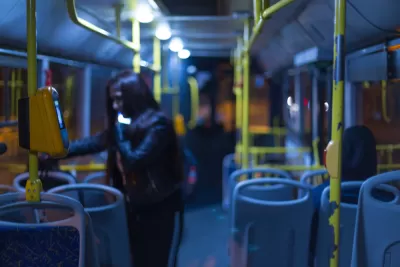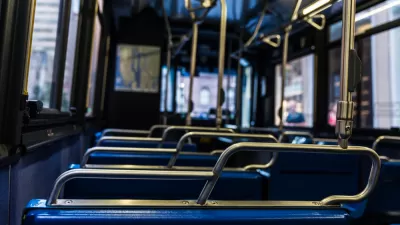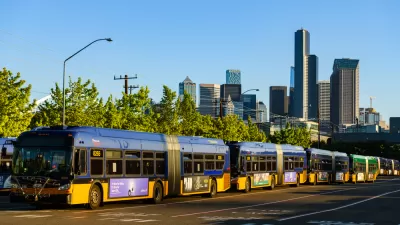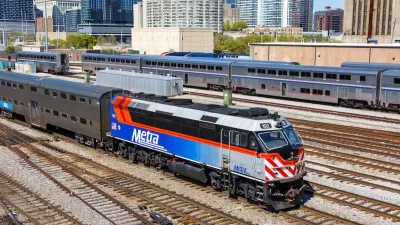After dramatic losses of riders and operators during the pandemic, transit agencies around the country are supplementing operational costs with federal relief dollars.

Transit agencies nationwide are taking in less farebox revenue, with agencies recovering, on average, just 12.8 cents for every dollar they spent on operations in 2021, down from 32.3 cents in 2019.
According to an article in The Center Square by Elyse Apel, Tom Gantert, and Brett Rowland, “Once the pandemic hit, transit operational costs increased while passengers abandoned public transportation for various reasons – including fear of COVID-19, working from home and having some transportation shut down.” Many transit agencies also eliminated fares in an effort to assist low-income riders and encourage more people to use public transportation.
The federal government allocated $71.7 billion to transit in four Covid-19 relief packages. This was a significant shift from pre-pandemic years: in 2019, federal funding made up 7.1 percent of transit operating expenses. In 2021, federal dollars funded 36.2 percent of operations. “The National Transit Authority stated 852 transit agencies across the U.S. spent $13.1 billion in federal pandemic relief funds mostly on operational expenses in 2021, a 95% increase from the previous year.”
FULL STORY: As transit fares plummet, federal money increases 95%

Planetizen Federal Action Tracker
A weekly monitor of how Trump’s orders and actions are impacting planners and planning in America.

Canada vs. Kamala: Whose Liberal Housing Platform Comes Out on Top?
As Canada votes for a new Prime Minister, what can America learn from the leading liberal candidate of its neighbor to the north?

The Five Most-Changed American Cities
A ranking of population change, home values, and jobs highlights the nation’s most dynamic and most stagnant regions.

San Diego Adopts First Mobility Master Plan
The plan provides a comprehensive framework for making San Diego’s transportation network more multimodal, accessible, and sustainable.

Housing, Supportive Service Providers Brace for Federal Cuts
Organizations that provide housing assistance are tightening their purse strings and making plans for maintaining operations if federal funding dries up.

Op-Ed: Why an Effective Passenger Rail Network Needs Government Involvement
An outdated rail network that privileges freight won’t be fixed by privatizing Amtrak.
Urban Design for Planners 1: Software Tools
This six-course series explores essential urban design concepts using open source software and equips planners with the tools they need to participate fully in the urban design process.
Planning for Universal Design
Learn the tools for implementing Universal Design in planning regulations.
Central Transportation Planning Staff/Boston Region MPO
Heyer Gruel & Associates PA
Institute for Housing and Urban Development Studies (IHS)
City of Grandview
Harvard GSD Executive Education
Regional Transportation Commission of Southern Nevada
Toledo-Lucas County Plan Commissions





























